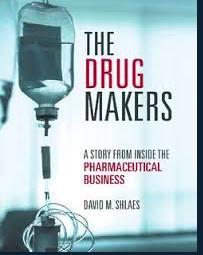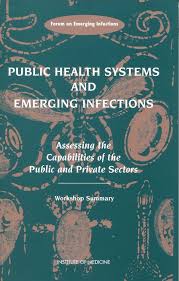Dr. David Shlaes, an infectious disease expert and ACSH advisor, is incensed over the nation's lack of preparedness for the coronavirus epidemic. A scenario like this has been discussed for three decades, yet we are still in the middle of a disaster. Here are his thoughts.

The coronavirus pandemic we are experiencing today has been contemplated by some of the world’s best scientists for at least the last 30 years. It started with a report from the National Academies in the US led by Nobel laureate Josh Lederberg in 1992 (link). Shortly after that, Josh led a Forum on Emerging Infections at the National Academies where I was one of the members. Over the next 15 years, we held a number of workshops and published a number of workshop summaries. Two of which explicitly dealt with public health infrastructure and the need for building surge capacity (1,2). In 2000 the report on public health infrastructure we noted the inadequate level of funding for infrastructure and the fragmented nature of the system itself where there was a constant tension between local, state and federal responsibilities and even sovereignty. We noted the frequent underfunding and understaffing of local public health agencies. Another key deficiency we saw related to our ability to mobilize adequate diagnostic testing for human health and within the veterinary and environmental areas as well. We noted the lack of sufficient ICU beds and ventilators. Finally, we identified a number of opportunities to address these gaps almost none of which have been implemented in the last 20 years. Much of this has been reiterated in more recent workshops.
The time span between Lederberg’s initial report and today spans four administrations from Clinton to Bush to Obama to Trump – Democrat and Republican. There is plenty of blame to go around for our lack of planning and lack of investment in our pandemic response capabilities.
In one of the many turns of my career, I left the Forum over what I perceived was their powerlessness to accomplish anything concrete to deal with our inability to develop new antibiotics during the FDA’s lost years starting around 2000. I turned to the IDSA and helped write its report on Bad Bugs No Drugs in 2004. I think the IDSA has been responsible in part for progress at FDA and in raising awareness among decision makers. We still have a long way to go and the IDSA could still play an important role here.
What do we do now? For background, I recommend John Barry’s The Great Influenza.
If you haven’t seen it, I highly recommend reading Tomas Pueyo’s article in Medium.com. We all need to be practicing social distancing now to preserve our ability to care for those who become seriously ill with coronavirus infection. We also need to keep pushing to get diagnostic testing available for everyone who needs to be tested and to have results available in a reasonable time. We need to be increasing our public health and private lab staffing and increasing their access to necessary supplies to carry out this function. We need to immediately increase our ventilator supply to deal with an increasing demand across the nation. And we must provide support for all those threatened financially by lost work or lost time at school – especially those who might suffer from hunger or other serious deprivation. Everyone must be able to carry out their social distancing without fear of economic hardship. As a country and a society, we have to get our act together.
When this is all over, we clearly need to invest heavily in planning for the next pandemic.
Category





